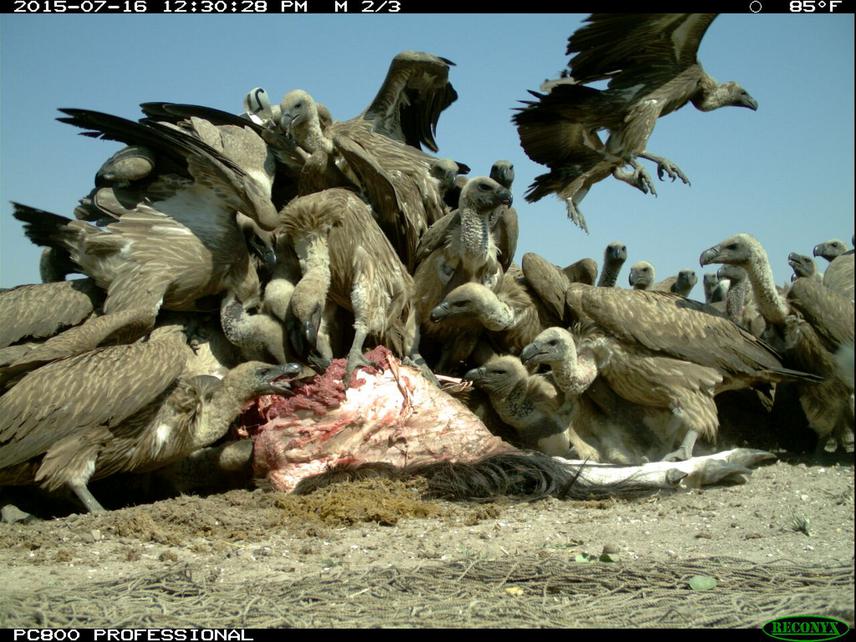Rebecca Garbett
Other projects
30 Mar 2016
Investigating Sources of Lead for Vultures and Wildlife: What Will it Take to Sustain Declining Vulture Populations?
To investigate the impact of lead from hunter spent ammunition on White-backed vultures in Botswana and to identify and quantify other potential sources.

The White-backed Vulture is categorised as a globally endangered species on the IUCN Red List. As part of an ongoing research and conservation project on Botswana vultures, it has been discovered that lead poisoning in vultures, particularly White-backed Vultures, may have a substantial impact on existing populations. Lead poisoning and mortality in birds attributed to spent hunter’s ammunition in forage has been well documented; it explicitly led to the near extinction of the California Condor. This project will pioneer research on the impact of lead on vulture populations in Botswana which can then be extrapolated to all of southern Africa’s vultures. It will attempt to reach definitive conclusions on its relation to hunting activity and subsequently the use of lead ammunition; as well as investigating and quantifying other potential sources of lead exposure. The study area, the Kalahari region of Botswana is recognised as a stronghold for at least 3 of the 4 species of vultures that occur in southern Africa, including the White-backed Vulture (White, 1987); these are all either endangered or vulnerable (IUCN, 2013).
African vulture populations are declining at an alarming rate. The potential impact of lead poisoning leading to unsustainable population declines is a realistic scenario for African vultures on a standalone basis; this is without the additional consideration of the multi-faceted threats which they face. The project will work with existing hunting operators in Botswana to encourage the use of non-lead ammunition and will work towards increasing education and awareness through community education and local participation in the project. Ultimately, the project will produce results which will help contribute towards conservation management planning and legislation.